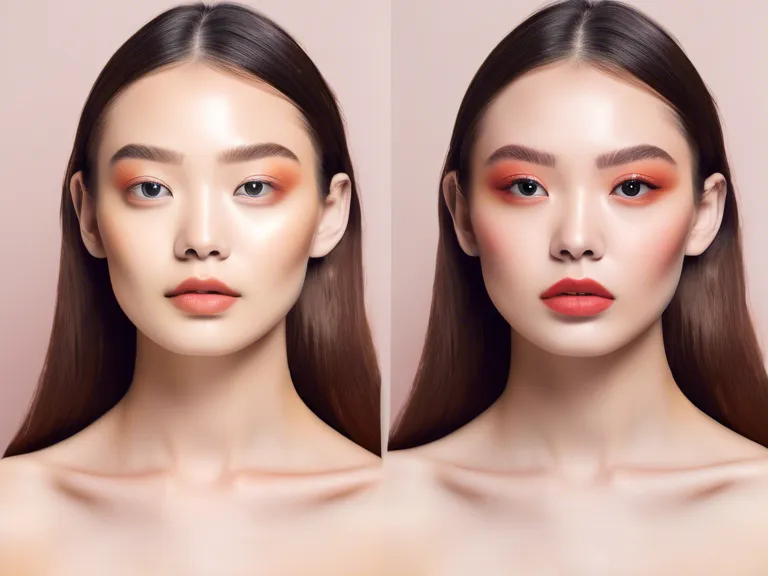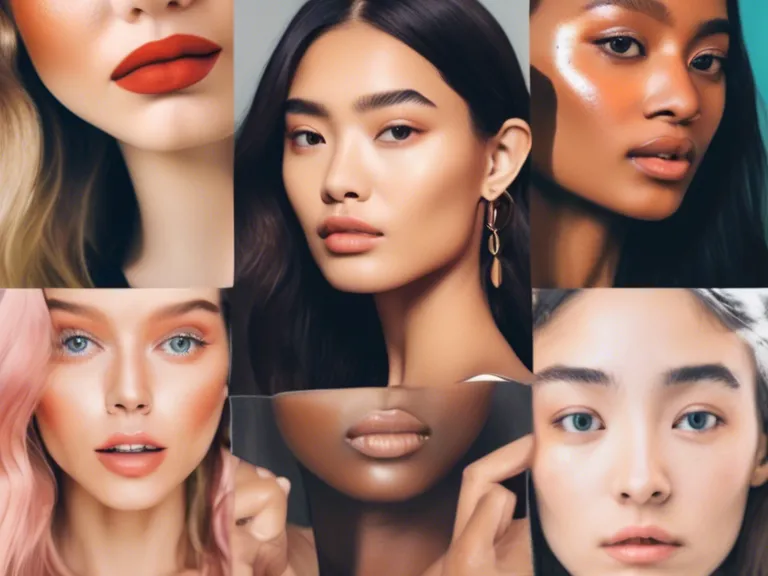
With the rise of social media, beauty standards have become more influential and pervasive than ever before. One of the key factors shaping these standards is the use of filters on platforms like Instagram and Snapchat. These filters allow users to alter their appearance in real-time, transforming features like skin tone, facial structure, and even body shape. The widespread use of filters is not only changing how individuals perceive themselves, but also how beauty is defined on a global scale.
When we scroll through our Instagram feeds, we are bombarded with images of flawless, airbrushed faces and bodies that seem unattainable without the help of filters. This can lead to feelings of inadequacy and low self-esteem, especially among young people who are still forming their sense of self. The pressure to look a certain way, as dictated by these filtered images, can be overwhelming and damaging to one's mental health.
Moreover, these filters are not just limited to individual users. Beauty brands and influencers often use filters in their promotional materials, further perpetuating unrealistic beauty standards. This creates a cycle in which filtered images are normalized and expected, rather than being seen as a distorted version of reality.
As a result, global beauty standards are increasingly influenced by the use of social media filters. Features like smooth, radiant skin, perfectly symmetrical facial features, and exaggerated lips and eyes have become the norm, thanks to the prevalence of these filters. This has led to a homogenization of beauty ideals, where diverse features and characteristics are deemphasized in favor of a narrow, unrealistic standard.
To combat this trend, it is important for individuals to be critical consumers of media and to remember that what they see on social media is often an idealized version of reality. By promoting diversity and self-acceptance, we can challenge these narrow beauty standards and create a more inclusive and authentic definition of beauty.



